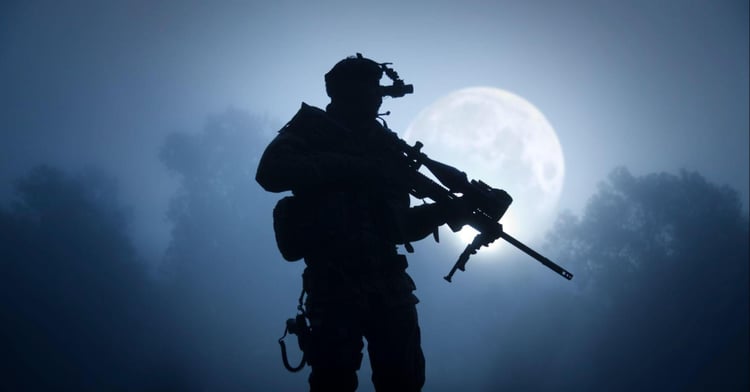
The U.S. military has long sought an edge that turns the cover of darkness into a tactical advantage. This quest has led to the development and continuous evolution of night vision technology, a cornerstone in modern warfare that has dramatically shifted the landscape of military operations. The story of night vision in the U.S. military began during World War II when the need to operate under the veil of darkness became paramount. The first iteration, the "Sniperscope," was a cumbersome infrared viewing device that granted U.S. forces a novel, albeit limited, ability to see in the dark. This early device, though primitive, marked the dawn of "owning the night." The U.S. military's operational capabilities and situational awareness have been transformed remarkably from World War II's rudimentary infrared viewing devices to the advanced multi-spectral night vision technology we deploy today.
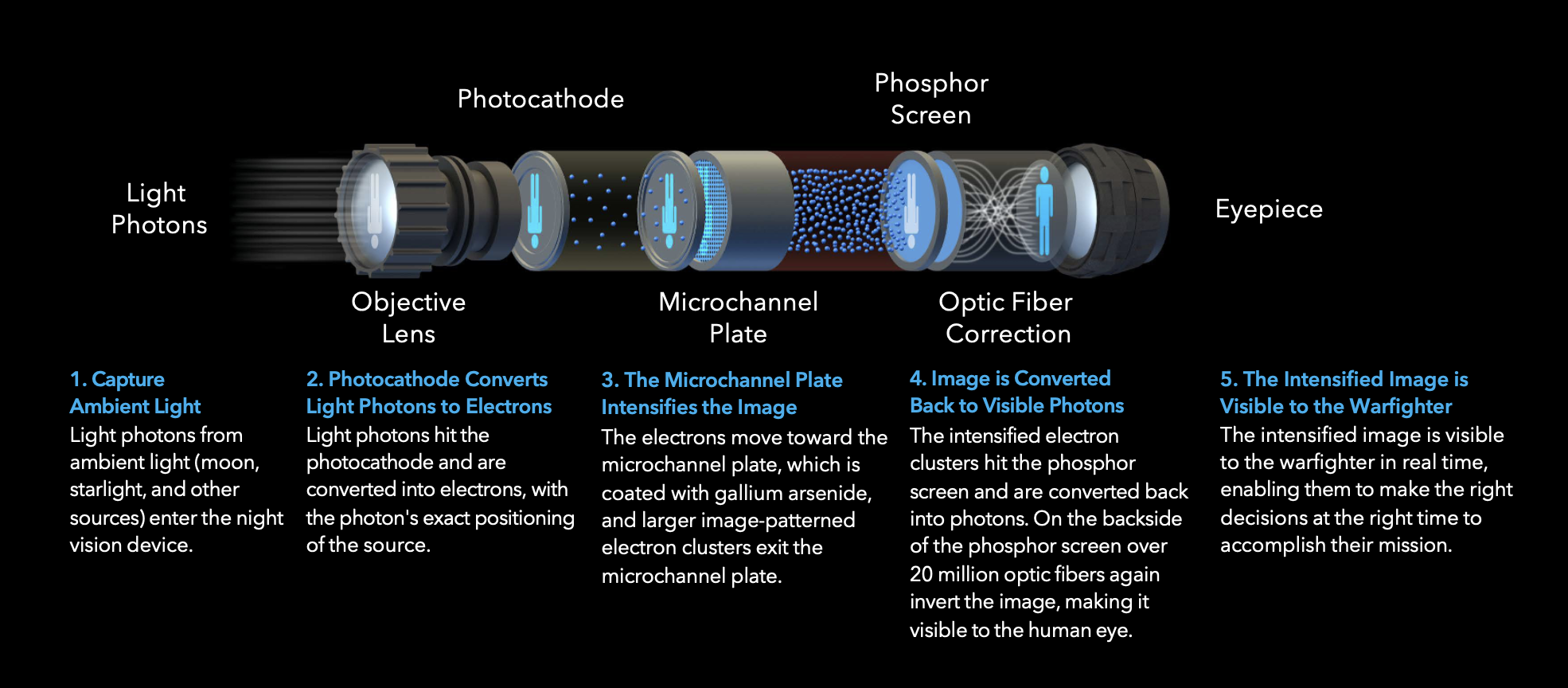
Night Vision Image Intensifier Tube Operations
The genesis of night vision: Infrared Sniperscope (Gen 0)
The story of night vision begins in the tumultuous times of World War II, with the first practical military night vision devices (NVDs) coming into play. These early systems, such as the "Sniperscope" or the "Snooperscope," were cumbersome infrared night sighting devices, providing a primitive yet groundbreaking ability to see enemy targets in darkness. However, their significant size, limited range, and the need for an infrared light source, which the enemy could detect, made them less effective for widespread tactical use.
The Korean War saw the introduction of the first generation of passive night vision devices, which no longer required an active infrared illuminator. This generation relied on ambient light, amplified thousands of times to create a visible image. Despite their improvement over active systems, these devices were still bulky and offered limited resolution and field of view.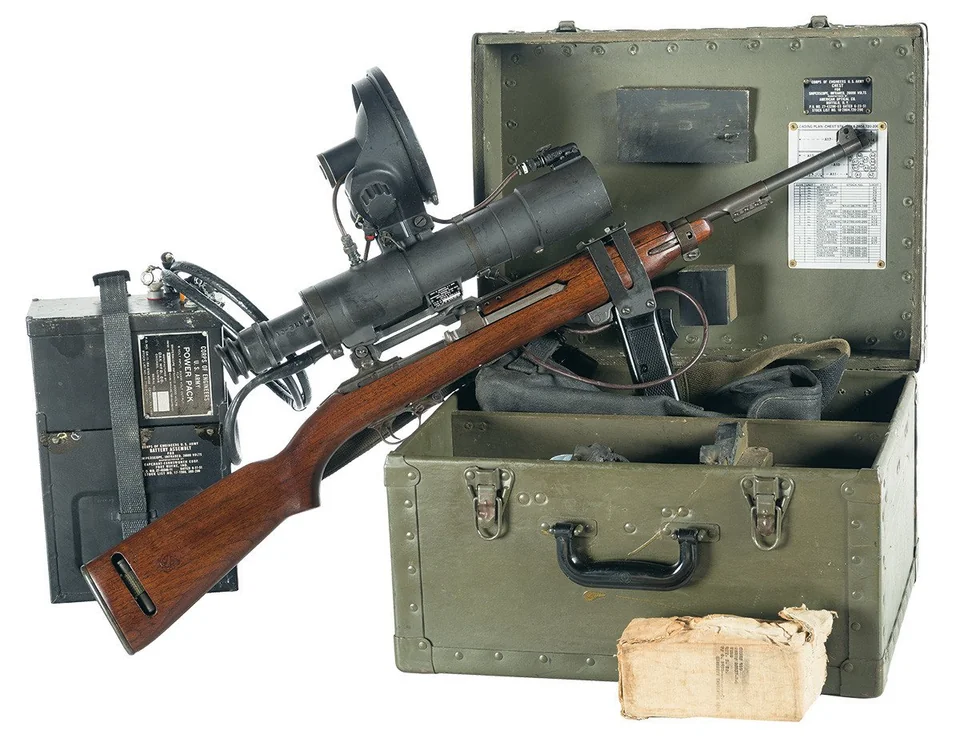
The age of Image enhancement - Starlightscope (Gen 1)
The major technological leap for night vision came with the introduction of image intensifier (I2) tubes during the early years of the Vietnam War. Image intensifier tubes enabled night vision using ambient light from the stars, moons, and surroundings. The Starlight scope was the first viable night vision technology with image intensifier tubes, which marked a significant leap in night vision technology, driven by the urgent need for improved surveillance and target acquisition in the dense jungles of Southeast Asia.
Introducing image intensifier tubes in night vision scopes represented a transformative development for military operations. It allowed for more effective night-time surveillance, reconnaissance, and combat operations, providing a significant tactical advantage. For the first time, soldiers could operate at night with a level of effectiveness approaching daytime operations. Examples of first-generation night vision devices included the AN/PVS-1 Starlight scope, the AN/PVS-2 Starlight scope, and the AN/PAS 6 Varo Metascope.
The Micro-channel Plate - Night Vision Devices (Gen 2)
Second-generation night vision devices emerged, incorporating the revolutionary micro-channel plate (MCP) technology, significantly amplifying the available light, resulting in higher resolution and brighter images. Second-generation devices developed in the 1970's featuring an improved image-intensifier tube using a micro-channel plate (MCP) with an S-25 photocathode resulted in a much brighter image, especially around the edges of the lens. Image intensifier tubes increased clarity in low ambient light environments, including moonless nights. Light amplification was around 20,000 versus the naked eye. The addition of the microchannel plate dramatically improved image resolution by multiplying the number of electrons being converted into visible photons by the image intensifier tubes.
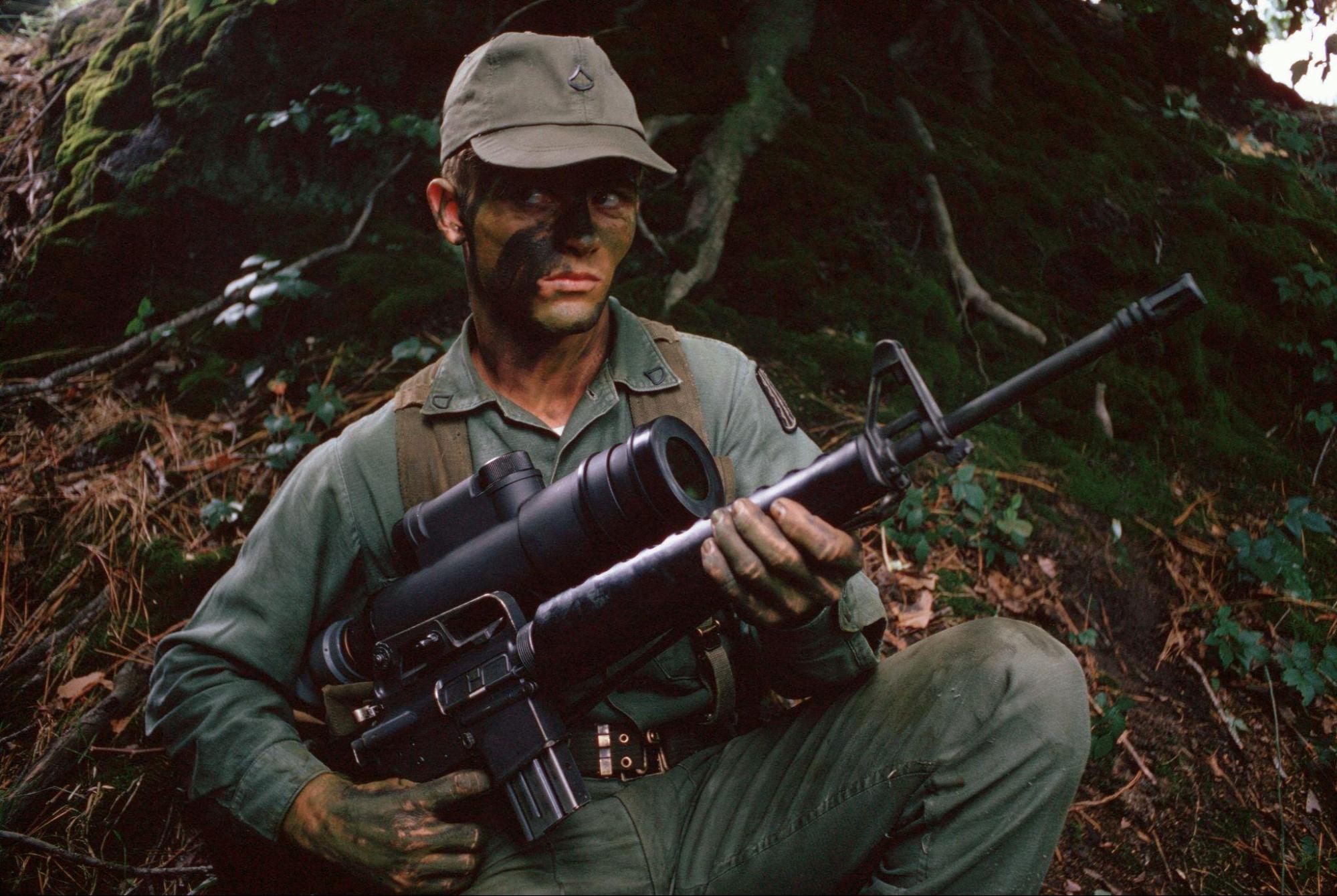
The Micro-Channel Plate - Night Vision Devices (Gen 3)
The period following the Vietnam War and throughout the Cold War was characterized by rapid advancements in microelectronics and optics, leading to the miniaturization and enhanced performance of night vision devices. Third-generation night vision technology, introduced in the late 20th century, utilized gallium arsenide in the photocathode, providing a quantum leap in image resolution and sensitivity. This generation also saw the widespread adoption of helmet-mounted systems, significantly reducing soldier burden and improving mobility and efficiency in night operations.
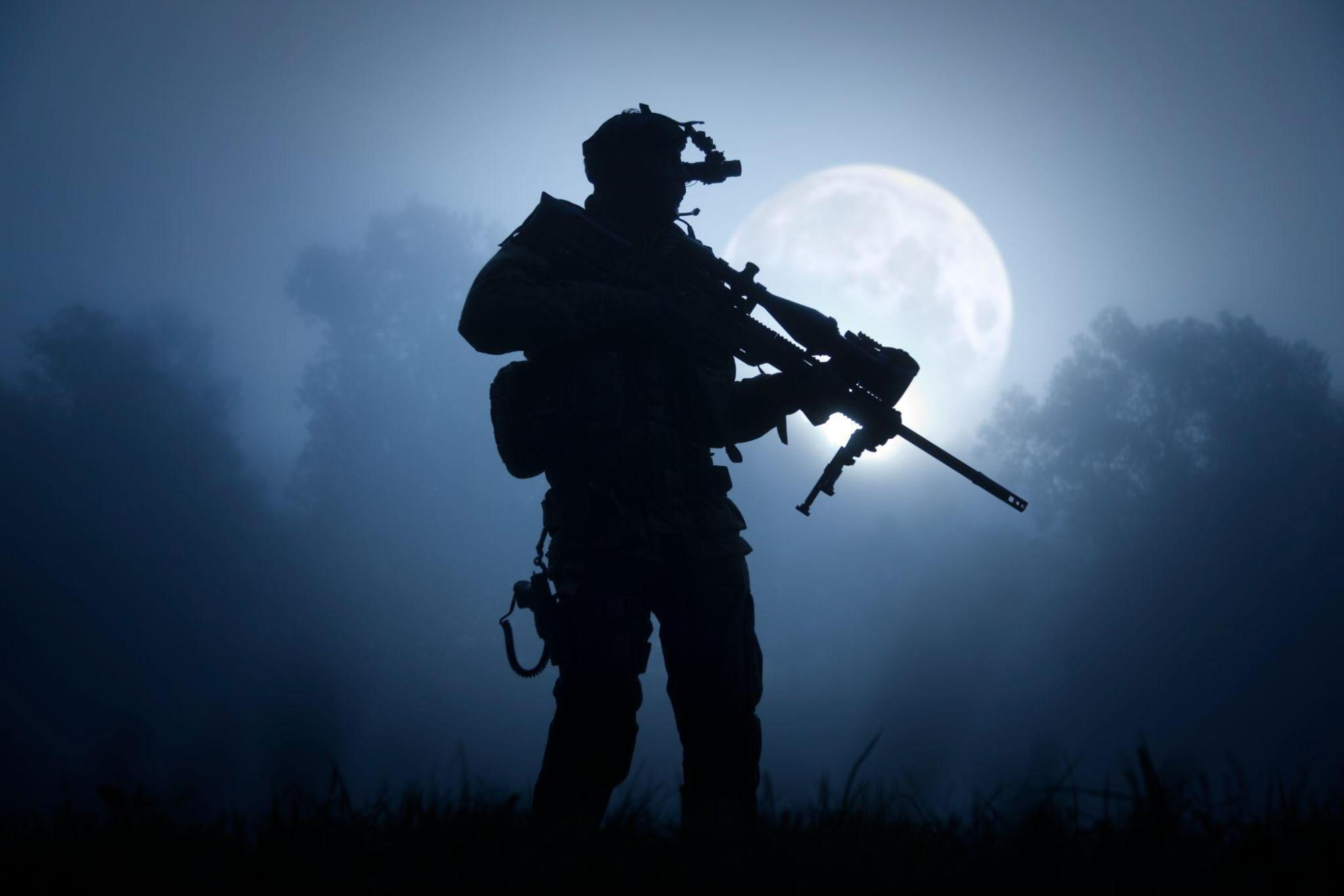
Gen 3 Night Vision
Integrated multi-spectral fusion (Gen 3+)
The dawn of the 21st century brought the digital revolution, impacting all facets of military technology, including night vision. During the Gulf War, that night vision came into its own with Generation 3 devices, featuring advanced photocathode tubes offering unprecedented clarity and range. The U.S. military's ability to operate at night with such proficiency was a pivotal factor in the swift and decisive victory of Operation Desert Storm, epitomizing the concept of "owning the night."
Integrated night vision devices, capable of capturing and displaying images electronically, offered numerous advantages, including improved clarity, the ability to record and transmit images, and enhanced performance in varying light conditions. Furthermore, the era saw the advent of multi-spectral imaging systems, combining inputs from various spectral bands (including thermal, infrared, and visible light) to provide a comprehensive battlefield view, significantly enhancing target identification and situational awareness.
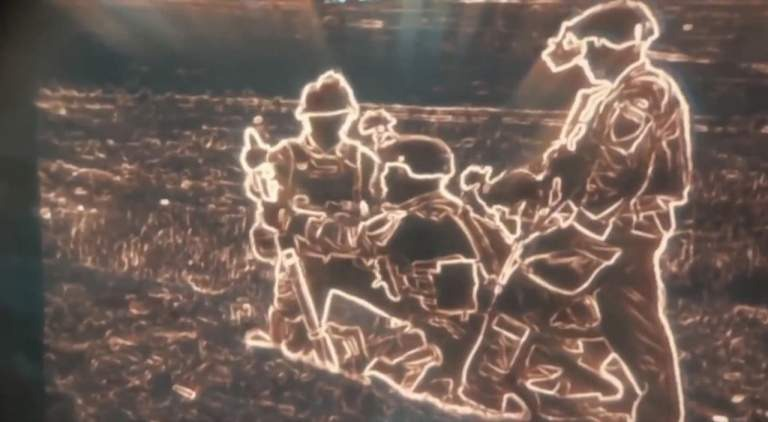
The Future: Looking ahead to the next decade
As we peer into the next ten years, the horizon is brimming with potential for night vision technology. Advancements in augmented reality (AR), machine learning, and miniaturization promise to enhance the warfighter's capabilities further in the future. We envision a future where night vision devices are not just tools of vision but integrated systems that provide real-time data, analytics, and connectivity, offering a comprehensive battlefield overview. The fusion of AR with night vision technology will redefine operational tactics. Imagine a heads-up display that allows a soldier to see in complete darkness and overlays critical information such as maps, enemy positions, and navigation data directly onto their field of view.
Quantum imaging technology, still in its nascent stages, holds the potential to provide visibility in conditions where traditional night vision systems would be ineffective, such as in dense fog or smoke. Moreover, the push towards miniaturization and soldier burden reduction continues, with future devices expected to become even lighter, more compact, and energy-efficient without compromising performance. Integrating night vision technology with unmanned systems and AI-driven analytics will further enhance the U.S. military's reconnaissance and surveillance capabilities, enabling autonomous threat detection and real-time tactical decision-making.
Why the U.S. Military "Owns the Night"
From the initial steps taken during World War II to the cutting-edge innovations anticipated in the coming decade, the evolution of U.S. military night vision technology is a testament to the relentless pursuit of tactical superiority. The relentless quest for overmatch capabilities and the commitment to a U.S.-based supply chain has made the evolution of night vision technology a cornerstone of modern military strategy. It's not just about seeing in the dark; it's about foreseeing the future of warfare and preparing for it today. As we continue to navigate the complexities of modern and future battlefields, the role of night vision technology will only grow in importance. It will ensure that when the sun sets, the U.S. military's vigilance and readiness shine the brightest.
The evolution of night vision technology has had a profound impact on military operations, fundamentally altering the dynamics of night warfare. It has shifted the balance of power in low-light conditions, enabling U.S. forces to conduct operations with a level of secrecy and precision previously unattainable. Night vision capabilities have expanded the operational tempo, allowing for the effective execution of night-time missions, which were once deemed too risky or impossible.
Furthermore, the enhanced situational awareness provided by advanced night vision systems has significantly reduced the risk to U.S. personnel, increasing mission success rates and ensuring the safety of warfighters. The ability to see without being seen has been crucial in numerous successful operations, underscoring the strategic importance of night vision technology in modern warfare.
In the realm of darkness, where uncertainty once reigned, night vision technology has illuminated the path to tactical dominance, ensuring that U.S. warfighters remain unparalleled in their ability to operate, adapt, and prevail in the shadowy corners of the globe.
